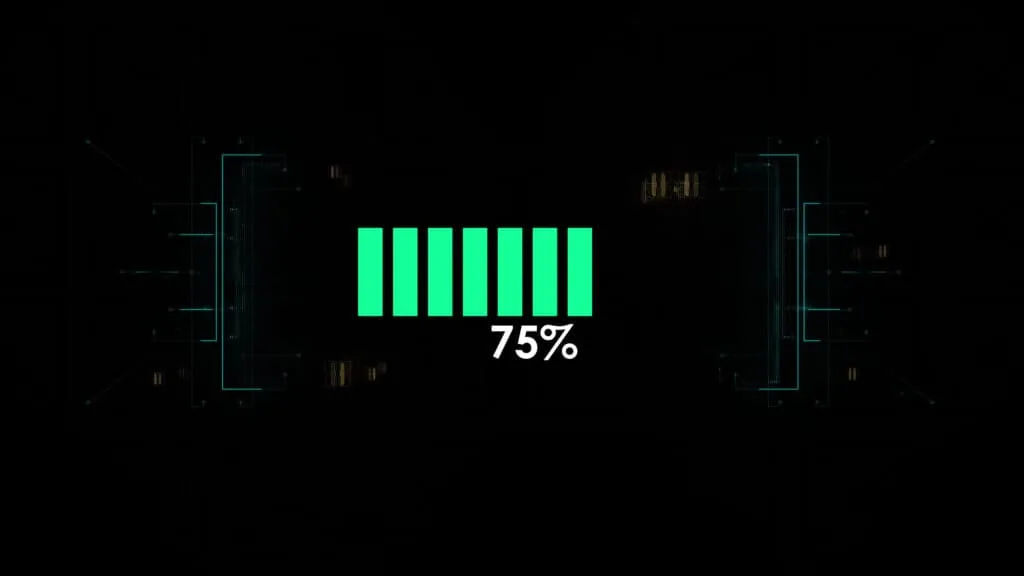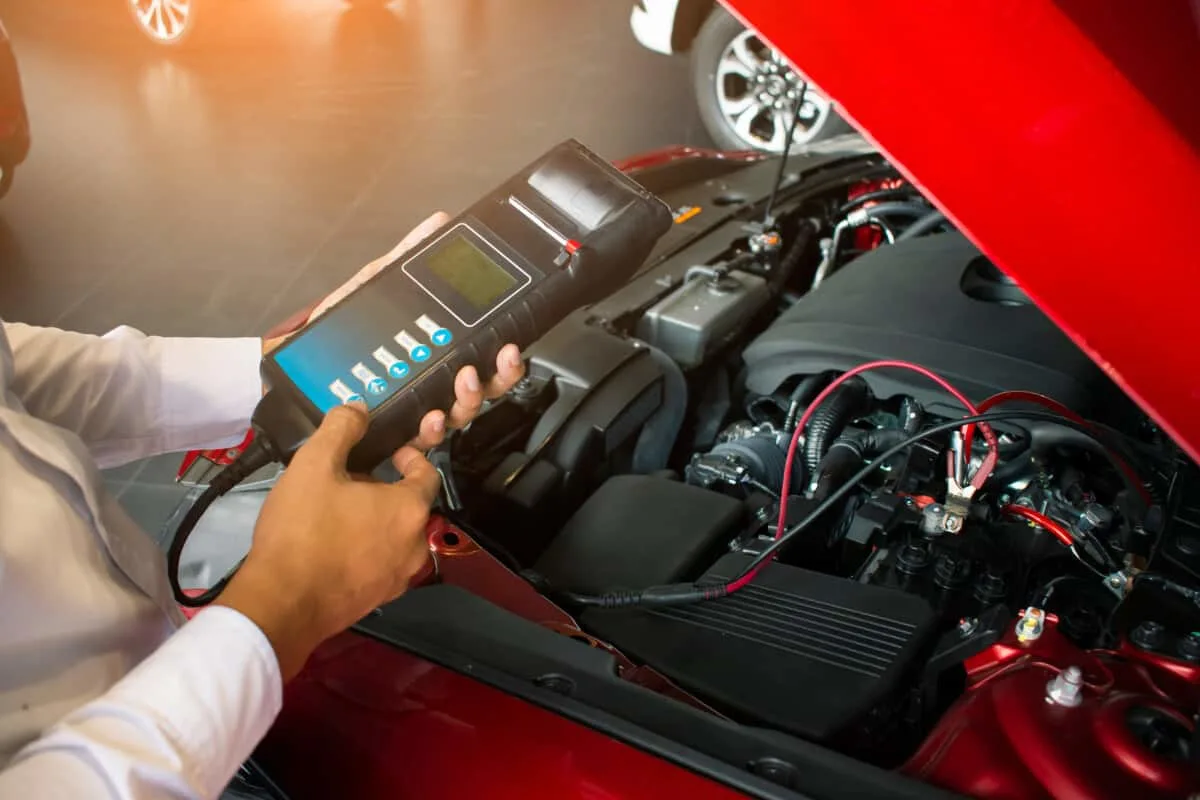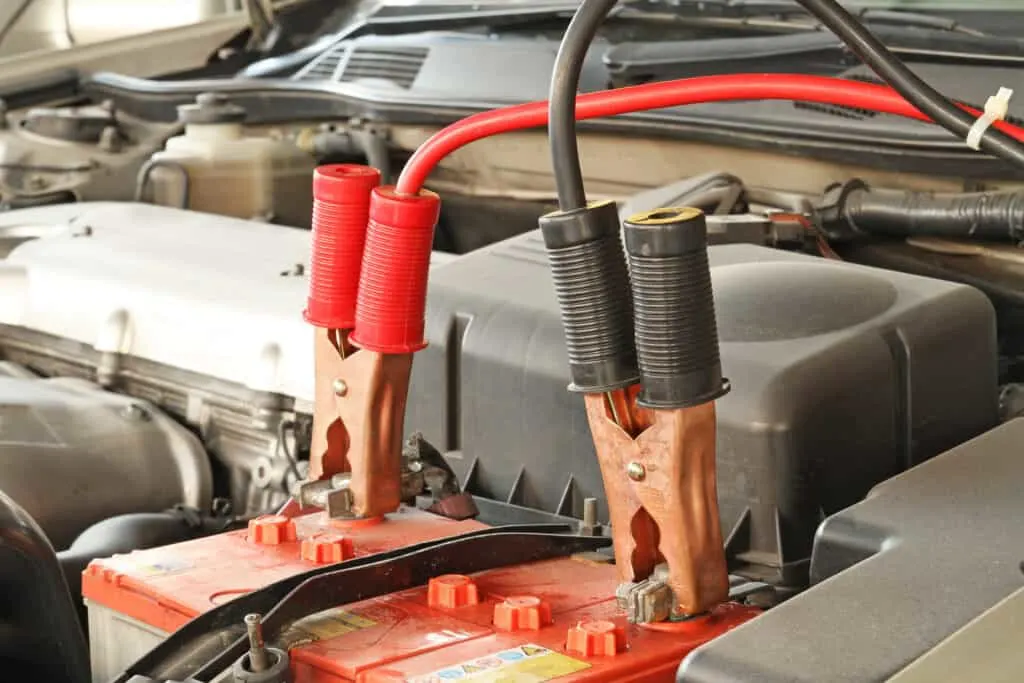If you have a vintage or sports car, you want to keep the battery charged so that when you pull off the tarp, it is ready to go. However, how much time does it take for your car to be fully charged?
Based on the state of the car battery, it can take up to 48 hours to charge a battery with a trickle charger. Trickle chargers typically produce 1-2 amps, which explains the slow charging process. This slow charge prevents the battery from overheating or becoming overcharged.
It is important to note that trickle charging is used only for cars that are not being driven frequently. Car batteries are built to charge while your car is running. Below, we’ll detail why using a trickle charger is sometimes the safest for your car.
Why Trickle Charging Is the Better Option
Even though trickle charging may take longer than other methods, it is much better in the long run. Trickle charging helps to prevent your battery from running out of charge more quickly than with other methods.
Other methods use higher amperage (amps are the amount of power being transferred to your battery), which is why the charging process happens more quickly.
However, one downside to this is that the battery heats up faster and can even overheat. Using other methods also presents the risk of you overcharging your battery.
Trickle charging is a much slower process and the charger is built to prevent overcharging. Manual chargers do not register once the battery is charged and so there is the likelihood that overcharging could happen.
However, newer models have been updated to combat this problem. Once the battery is charged, the power automatically shuts off. Most trickle chargers are built so that they register when the battery power drops.
It can restart this charging cycle until the battery is once again full.

Another advantage to trickle charging is that it keeps your batteries from building up too many sulfate deposits. When you drive your car, the battery produces sulfate.
Over time, there are small sulfate crystals that begin to build up on the battery plate. If there are too many, this causes the effectiveness of your battery to decrease until it is completely drained.
This is especially common for cars that aren’t run for a very long period of time. There is no time for the car to fully charge, and so the crystals continue to build up because it is much easier for the crystals to form.
Because trickle charging is constantly charging the battery and causing it to “run,” this prevents the build-up of these crystals over a long period of time.
As we mentioned earlier, sulfation usually occurs when a battery goes undercharged, which applies to vintage and sports cars.
They are only used on occasion, so there is more time for the crystals to form. But, a trickle charger keeps this process from happening.
Length of Time to Charge
Trickle charging produces a very low amperage. These chargers put out 1-2 amps an hour. A typical car battery holds about 48 amps of power. Because of this slow transfer of power, it takes quite a bit of time to fill up the battery.
The battery is kept at a stable temperature, which helps to eliminate the risk of your car battery becoming overheated. In terms of length, it can take anywhere from 24-28 hours for your car battery to be fully charged.
The reason that this length of time changes is due to many factors. The biggest factor is how much charge your battery already has. You can figure out the amount of charge with an automotive battery tester. If you enjoy doing a lot of math, you can also figure this out manually.
You have to calculate the time left on your battery, the reserve capacity, the voltage used, and the current battery percentage in amp-hours. After you figure out all of this information, you’ll know how long it will take for your car to charge.
Another factor that affects the length of time it takes for your car to be charged is the model, year, and make. Make sure you know as much information as possible so you can have the best outcome.
In application, if you had had 12 amps of charge in your battery, it would take 19-36 hours for the battery to fully charge. However, if you had 2 amps of charge, it would take 23-46 hours for the battery to reach a full charge.
If you had a dead battery, you could charge it using a trickle charger. This process will be even longer because it will take longer for the battery to retain the charge. After it is retaining the charge well, the normal cycle of charging will be the norm.

It is also important to look at how long you can leave your car hooked up to the trickle charger. Some have been designed to allow you to charge your car for months at a time.
These are good for places where it is perpetually wintertime, or if you may need to use your car in an emergency. For others, you can only charge your car for a few days at a time.
If you don’t unhook the cables from the battery, it can cause damage to the battery and the charger. Always check your manual guide to see what specifications have been put out for the use of your charger.
It is important to look at the specification sheet for your car or to take it to a mechanic. It is also important to check the state that your battery is in. If there is a significant amount of sulfate crystals built up, it is unlikely that your car battery will retain charge for a long period of time.
If you want to increase the amount of charge the car battery can retain, you’ll have to get it conditioned. This is an extensive process that can take up to four weeks.
This is entirely dependent on the number of sulfate crystals that have formed on the inside of the car battery.
